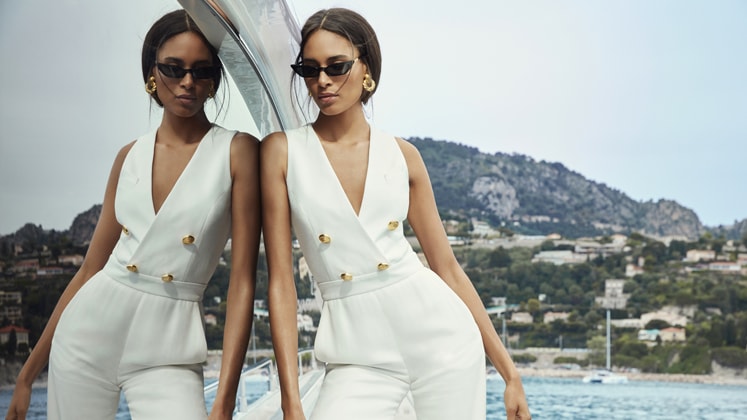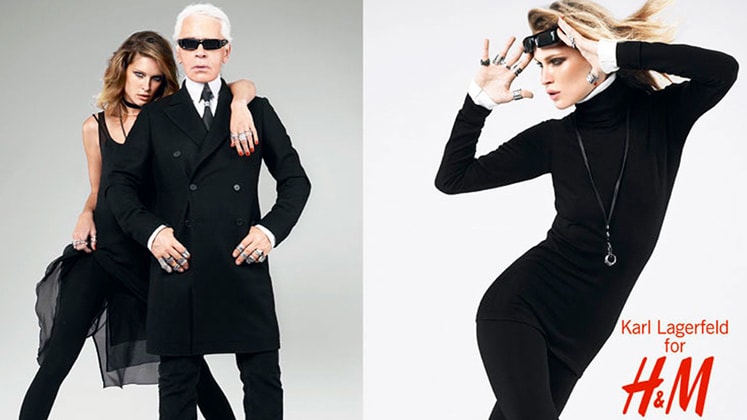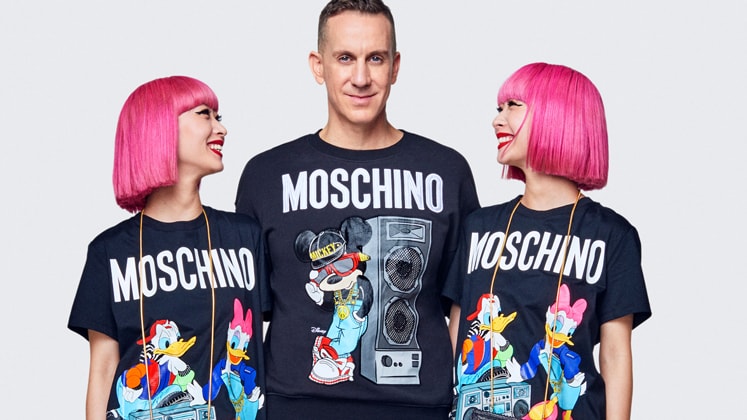Who knew ‘capsule’, a word which by definition relays conciseness, would become a coveted notion in the fashion world? Coined by Susie Faux, a boutique owner in London in 1970, the term was popularised by the beloved designer Donna Karan in 1985 who was enamoured by the simplicity and ethical implications of the concept.
“The idea was to create a capsule wardrobe that features only the most essential or influential pieces from a collection. A capsule collection is essentially a condensed version of a designer’s vision, often limited edition, which transcends seasons and trends by being functional — read commercial. They often focus on construction and delivering key looks, without the styling and theatrics of a show,” as defined by Business of Fashion.
The terminology has come to encompass myriad connotations. Though the primary objective for having a capsule wardrobe is to save money, closet space, headaches and the environment, capitalist corporations have weighed in with their own idea of a capsule wardrobe. A tool used to capture mass markets, brands have pervaded the market with a multitude of designer collaborations dubbed as ‘capsule collections’.
That being said, it is imperative to understand how their version of a limited edition wardrobe expressing the designers’ vision through only so many garbs is becoming increasingly more acceptable despite seemingly lacking sustainability. For a fashion purveyor, it is important to delve deep into both aspects of what a capsule collection has come to mean with time.
The ethical bellwethers
For every customer looking to invest in timeless pieces that can transform one’s look from casual to business-ready to a fun evening-out, many brands out there are keeping the essence of capsule collections alive.
A minimalist approach to aesthetics and design, well-made clothes with best-in-class fabrics and construction, these brands are dedicated to provide a sustainable recourse to modern fashion as they live and breathe the Capsule Wardrobe philosophy.
Vetta, a company started by two enthusiasts, Carla and Vanessa in 2016, purposely keeps its collections small all without sacrificing your stylishness. It started with no money but an idea for crowdfunding in order to create its first capsule collection. The set of 5 garments it designed could be mixed and matched to create 30 outfit ensembles gaining unbelievable traction from within the fashion world. Awestruck at the simplicity yet versatility of their capsule, the brand has catapulted to being an essential for every capsule-aficionado. Its Pinterest-worthy photo shoots are no less in pulling the customers into its world.
Another brand championing the cause is COSSAC. When Founder and Designer Agata Natalia Kozak launched the label, she wanted her fashion to live up to its sustainability ethos while being beautiful and responsibly-made. This meant that each collection Agata created would never contain more than 16 pieces, an ode to minimalism that is so evident throughout the photo shoots, social media accounts and COSSAC website. Her collections embody timelessness while still being trendy and trans-seasonal. COSSAC is an amalgamation of Agata’s fashion career – inspired by both high end and high street labels – but without any of the fast fashion nastiness such as crazy colours and faddish prints guaranteed to be ‘so last season’ by season’s end.
The trend of sustainable capsule collections has only recently gained the popularity it deserves and has inspired not only designers to experiment with minimalism and styling, but also provoked customers to expand their horizons. Apart from designers, a number of styling portals and websites are providing suggestions as to which brands offer the kind of minimal products that can be incorporated in your capsule wardrobe, emphasising the multi-functionality of these garments instead of buying a new garment for each occasion.
The stalwart collaborators
The flip side of the term is collaborative fashion. Designers and fast fashion brands coming together for an exclusive collection is as commonplace as can be. Sought-after designers have made themselves more accessible to the masses while still remaining exclusive and the brands profit with these collaborations selling off the racks like hot cakes.
The annual H&M designer collaboration which began in 2004 is one of the most anticipated offerings by the brand. The brand’s collaborators have included names like Karl Lagerfeld, Versace, Balmain and Alexander Wang. Last year, it brought the Italian luxury fashion house Moschino to its customers with everything from loungewear to fur coats and designerwear for pets! The latest collab however can also be touted as the most glamorous. The collection with Giambattista Valli has only been teased and the entire line will launch officially in November.
Balmain recently announced the launch of a capsule dedicated solely to newborns. Each piece in this mini-collection builds on the signature codes and patterns of the famous fashion house, helmed by Creative Director, Olivier Rousteing, while also highlighting the label’s updated logo and recently introduced monogram. The collection highlights include rompers, tops, hoodies, joggers, socks, caps and bibs for the very youngest of Balmain Army recruits and will hit stores with the fashion house’s S/S ’20 collection.
Apart from designers, capsules have been known to be born out of the most unconventional collaborations like that of Louis Vuitton and Murakami, a popular author. Brands have released luxury luggage for the elite in the past while Montblanc introduced a collection of limited edition bags and leather accessories in partnership with influential Japanese street fashion brand A Bathing Ape featuring the camouflage print they’re well known for.
Similarly, one can think of endless collaborations being served to the customers everyday: Supreme X Comme Des Garçons Shirt, Off-White X Rimowa, Adidas & Alexander Wang, Kaws X Uniqlo, Adidas and Hender Scheme collaboration, Balmain X Beyoncé, Adidas by Pharrell Williams, Supreme X Louis Vuitton, Balmain X Net-A-Porter and Nike Air Presto x Virgil Abloh, LV X Virgil Abloh and the list goes on. Fashion collaborations have been here for long and their lucrativeness will rope in more players to produce fun and unique collections in the future.
The avenue hereafter
The world is rife with examples of both aspects of capsule collections and India is not far behind. A growing trend, or rather need for sustainable lifestyles has pushed the envelope for brands that want to spread the message of hope through responsibly made garments. Brands like No Nasties, Anokhi, Forty Red Bangles and Redo World are ushering the conscious Indian customer into a new era. Other brands can take a leaf from their books to incorporate minimalist yet contemporary fashion that is here to stay.
For brands choosing the ethical path, new opportunities are rising every day with all the hue and cry around saving the planet and increasing living standards allowing customers to indulge in eco-friendly fashion.
As for the multinational fashion brands, they are investing in brand positioning (fashionable collaborations) and top of mind recall with the objective of piquing their present customers’ interest, or even, attracting new customers looking for special, exclusive designs. Today, mass-market customers will queue for hours to purchase a limited edition of an item designed by an influential designer. The brand will obtain more traffic, increase average ticket and have better margins due to this capsule collection that has a higher retail price. For example, a brand like H&M that is not yet able to compete in the fast-fashion league of Zara, capsule collection is used as a way to break the standard fashion life cycle.












